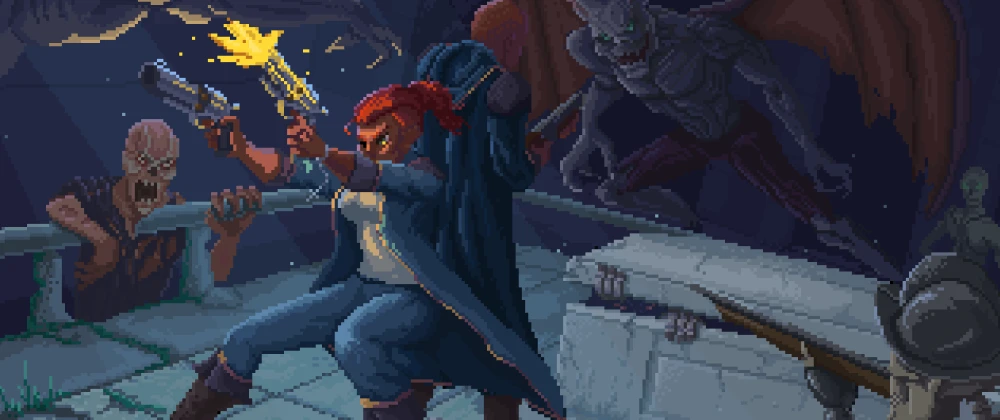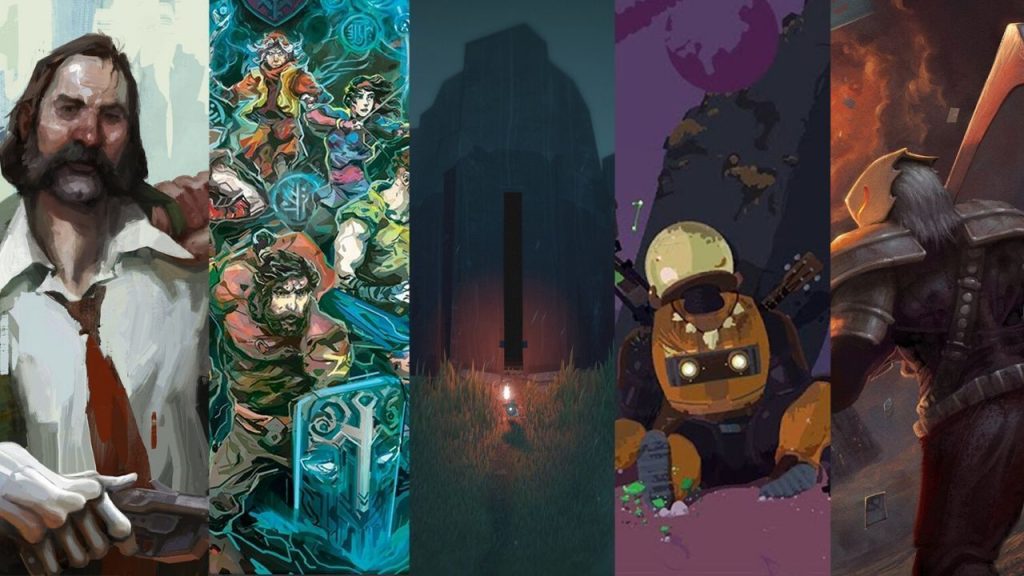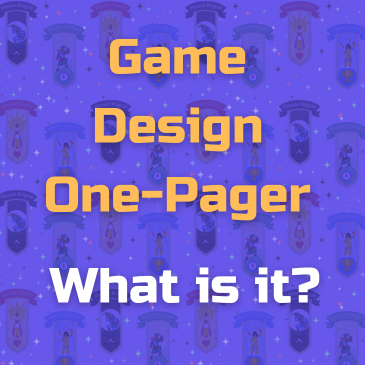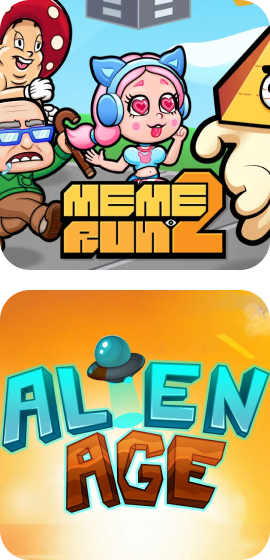Releasing Your First Indie Game: A Comprehensive Guide to Success

As an aspiring indie game developer, bringing your creation to the gaming world is an exhilarating journey. However, launching an indie game successfully requires more than just developing a fantastic product. It demands a strategic approach, thoughtful planning, and meticulous execution. In this article, we’ll delve into the essential aspects of releasing your first indie game, covering key factors like marketing, distribution, customer support, updates, and building buzz.

1. Crafting an Engaging Game
Before we dive into the intricacies of releasing your indie game, it’s crucial to emphasize the importance of creating a captivating and polished experience. Your game must stand out in an already crowded market. Focus on your unique vision, gameplay mechanics, and engaging story to create a memorable gaming experience for your audience.
2. Market Research and Target Audience
Understanding your target audience is paramount to a successful launch. Conduct thorough market research to identify potential competitors, analyze player preferences, and assess market trends. By identifying your target audience, you can tailor your marketing efforts, game features, and communication strategies to resonate with the right gamers.
3. Building Buzz
Building anticipation and excitement around your indie game is essential for a successful launch. Start generating buzz early on by using social media, game dev forums, and gaming conventions to showcase teasers, artwork, and development progress. Engaging with potential players and the gaming community creates a sense of ownership and fosters a loyal fanbase.
4. Effective Marketing Strategies
Marketing plays a critical role in reaching a broader audience and driving game sales. Consider a multi-faceted marketing approach that includes the following:
- Press Kit: Prepare a professional press kit containing game information, screenshots, artwork, and trailers. This will make it easier for journalists and content creators to cover your game.
- Trailer: A visually stunning and captivating game trailer is a powerful tool to entice potential players. Keep it concise, highlighting the game’s unique features and gameplay.
- Influencer Outreach: Collaborate with influential content creators and streamers in the gaming community to showcase your game to a larger audience.
- Social Media: Utilize various social media platforms to regularly engage with your followers, share updates, and create interactive content.
- Community Engagement: Foster a strong community by interacting with players through forums, social media, and game-related events. Respond to feedback and listen to your players’ suggestions.
- Press Coverage: Reach out to gaming journalists and bloggers to secure press coverage and reviews for your game.
5. Choosing the Right Distribution Platform
Selecting the appropriate distribution platform is a critical decision that impacts your game’s visibility and accessibility. Popular platforms for indie game distribution include Steam, GOG, Itch.io, and various console stores. Consider factors such as revenue share, audience demographics, and platform policies before making your choice.
6. The Importance of Customer Support
Excellent customer support can significantly impact your game’s reputation and player retention. Address player inquiries, bug reports, and feedback promptly and professionally. Engage with your community, be transparent about known issues, and communicate your plans for future updates and improvements.
7. Post-Launch Updates
The work doesn’t end after releasing your game. Regular updates, bug fixes, and content additions are essential to keep players engaged and satisfied. Take player feedback seriously and implement improvements based on their suggestions. Post-launch support demonstrates your commitment to the game and its community.
8. Handling Feedback and Reviews
Reviews and feedback, whether positive or negative, are valuable insights for your future endeavors. Embrace constructive criticism, learn from it, and use it to enhance your skills and create better games. Avoid taking negative feedback personally and focus on turning it into an opportunity for growth.
9. Tracking Metrics and Analytics
Utilize analytics tools to monitor player behavior, engagement metrics, and sales performance. This data-driven approach allows you to make informed decisions, identify areas for improvement, and tailor your marketing strategies to achieve better results.

Conclusion
Releasing your first indie game is an adventure that requires passion, dedication, and strategic planning. By focusing on crafting a compelling game, understanding your audience, and implementing effective marketing strategies, you can build anticipation and buzz around your game. Engage with your community, offer exceptional customer support, and continually update and improve your game based on feedback. Remember, a successful launch is just the beginning; maintain your momentum and keep exploring new avenues for growth. Good luck on your indie game development journey!



